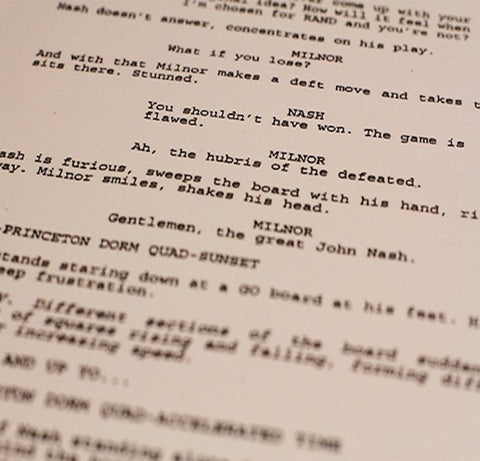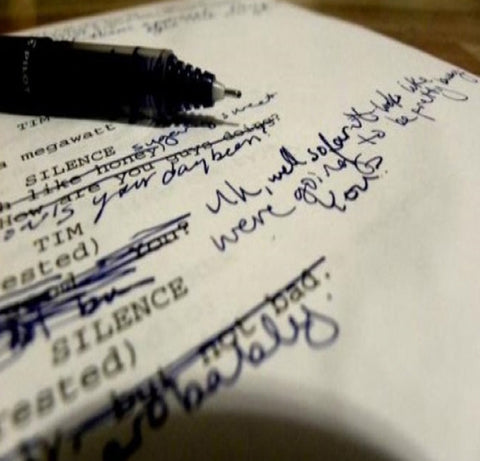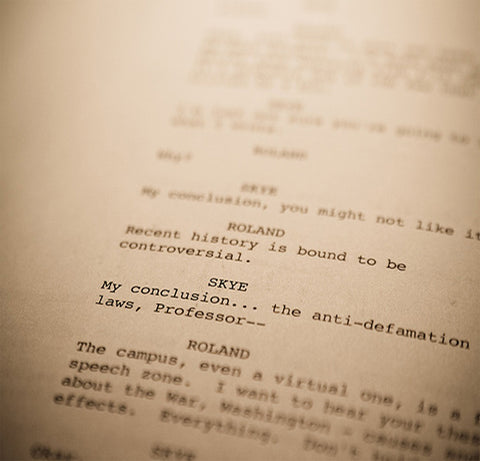
ON PACING
A script should be a fast and easy read. There are several ways to accomplish this.
Length. The standard length of screenplay used to be 120-ppg. It’s been a long time since that has been the case, especially when it comes to spec scripts. In fact, a script that’s exactly 120-ppg tends to send up an additional red flag, as it implies that the script is making artificial storytelling choices in order to pad itself to this old-fashioned length.
Generally, it’s better to aim for a sweet spot between 90-105-ppg, with some genres (action, horror, comedy) tending toward the shorter end of the spectrum. A 90-ppg fastball is a long stronger than a gallumping 120-ppg dinosaur.
Density. Similarly, screenwriting used to be a much more dense affair, with description coming in huge wads. But a script isn’t a novel and shouldn’t read like one.
It’s better to write down the page.
Break on each new action and thought.
Maximize neutral space on the page.
This especially applies to action/fight scenes. I’ll sometimes see a script in which a fight breaks out, and the momentum slams to a stop as the script tries to digest a huge brick of fight choreography. We want action scenes to play as fast and tense as they would on the screen.
And that means punchy beats.
Doing more with less.
Keeping the scene moving.
Structure. One of the main benefits of a solid structure is it lets the reader knows that the story is going somewhere; it’s moving the narrative from one structural beat to the next.
When structure isn’t in place, the storytelling becomes “incident-driven.” It’s this happens, then that happens, this other thing happens… without any particular direction. When the narrative is spinning its wheels, the storytelling loses momentum.
Focus. Focusing on the protagonist’s story is another way to maintain narrative momentum. Because when the storytelling is all about the protagonist’s journey, it’s going somewhere from one beat and scene to the next.
Of course, this only applies if the protagonist has a clear momentum and goal. When we’re following the protagonist’s pursuit of the goal, and via motivation can emotionally engage with the acquisition of that goal, we’re right there on the page with the protagonist.
Creating this momentum means killing an extraneous plot business and supporting characters who pull focus from the protagonist. If the protagonist is just one character of many, and the protagonist’s story is just one of several plot threads, it’s harder to put the storytelling on the same rails we can achieve if the storytelling is built around one character pursuing one goal.
In POETICS, Aristotle discusses the value of unity, the idea being that a plot works best when all of its components work in unity toward a specific goal. Anything that isn’t a part of the unified whole is just weighing the script down, and needs to get tossed overboard.
Denouement. Don’t let the denouement run long. Happily ever after, the end!




